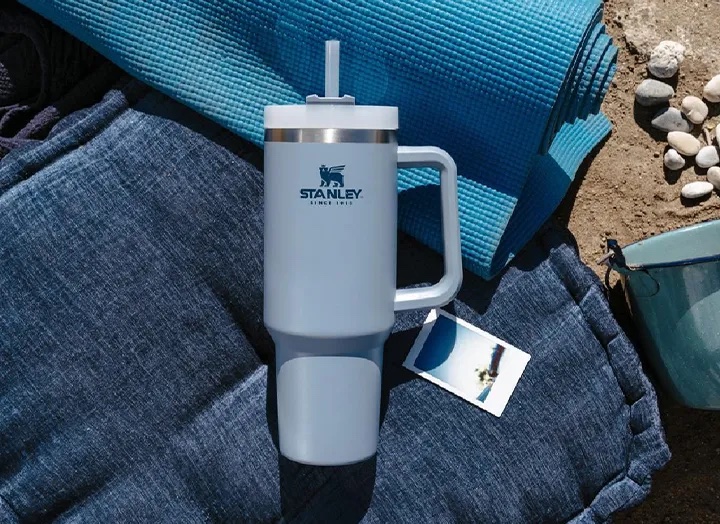The Stanley Cup craze has led to a shocking discovery. TikTok users are creating videos claiming that the popular tumblers contain lead, which could potentially put people at risk for lead poisoning.
A Stanley representative spoke out on the matter, telling consumers the truth behind this crazy new conspiracy.
The First Stanley Lead Test

In March 2023, Stanley cups were discovered to contain lead (via Vox). The discovery was made after Tamara Rubin, a lead safety activist who runs the Lead Safe Mama website, tested a broken Stanley.
The test uncovered that there was lead in the Stanley Cup. Since Rubin’s discovery, people have been testing their Stanleys and posting results on social media.
Stanley Lead Test Has Become a Trend

Posting the results of your Stanley’s lead test has become a trend online, with some videos getting hundreds of thousands of views. But why?
Stanley has become an insanely popular item among influencers on TikTok. People are flocking to their nearest store to get their hands on limited edition colors or collections. Stanley collectors have also become more popular as they show off their multiple Stanleys in various colors.
Are People Concerned About Lead or Views?

Discovering that these cups may contain lead sent everyone who participated in the trend scrambling to find out if they were possibly drinking lead. Even if the result is safe, the TikToks have people on the edge of their seats to see if someone has a positive test.
Sure, people are concerned about drinking lead, but the massive amount of attention from posting videos about their concerns is just too good to give up the cup.
A Stanley Representative Says the Lead in the Cup Is “Inaccessible to Consumers”
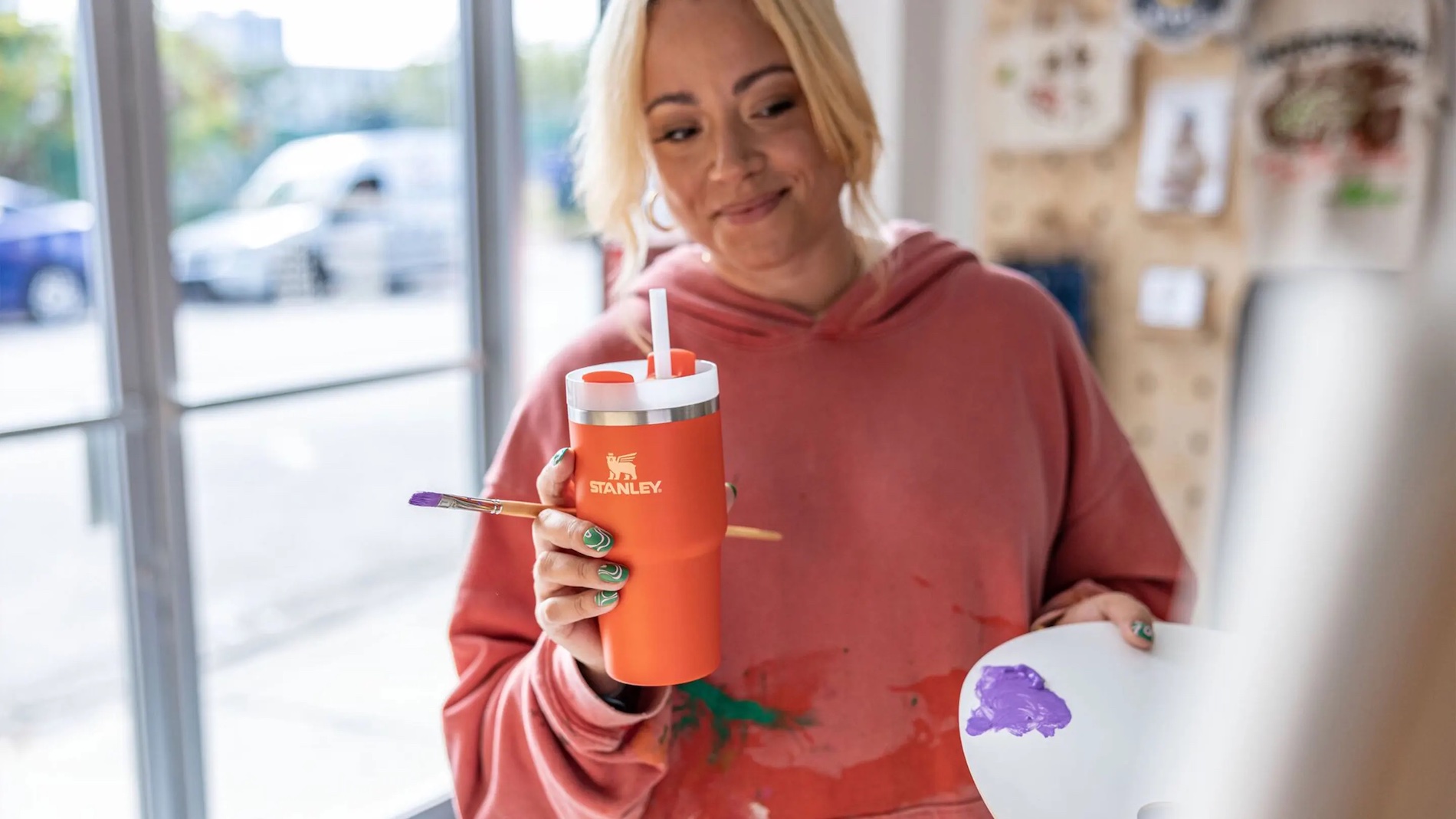
As the trend continued and some tests were positive, Stanley released a statement about the truth of their bottles. According to People, a representative for the brand says that the vacuum insulation technology requires a component that contains lead, but it is “inaccessible to consumers.”
With a lifetime guarantee on the base layer, Stanley stands behind their cups and offers replacements if the bottom breaks.
Stanley Explains Why Lead Is in the Cups

“Our manufacturing process currently employs the use of an industry-standard pellet to seal the vacuum insulation at the base of our products; the sealing material includes some lead,” Stanley’s website reads.
The statement continues: “Once sealed, this area is covered with a durable stainless steel layer, making it inaccessible to consumers.”
Damaged Stanley Cups Are the Problem

Why did Rubin’s original test come back positive for lead? The statement reveals that lead will be detected in the cup if the bottom is acutely damaged. However, a representative explained to Today that it is possible, but “rare” for lead to be found in the cup.
“Rest assured that no lead is present on the surface of any Stanley product that comes into contact with the consumer nor the contents of the product,” said Stanley in an additional statement obtained by CNN.
Why Does Stanley Use Lead?
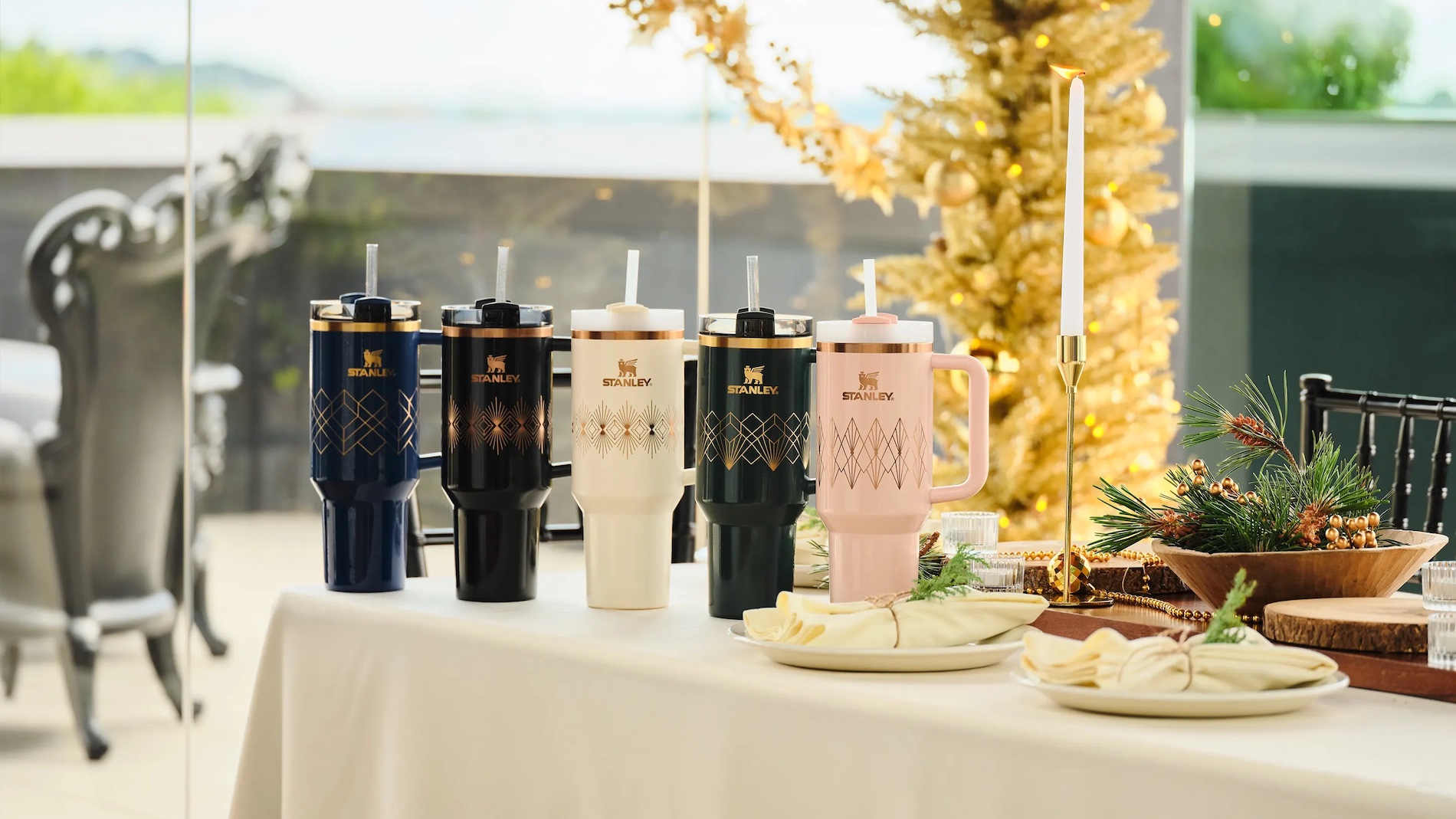
Stanley uses lead in their cups because it is the cheaper option. Switching to lead-free silicon or glass plugs would require companies to invest in new ovens, conduct performance testing, and overcome other obstacles, making them a more expensive alternative.
Lead pellets like the ones Stanley uses are the industry standard, but some competitors have chosen alternative sealing methods, challenging to standard.
Some Companies Stepped Away From Using Lead
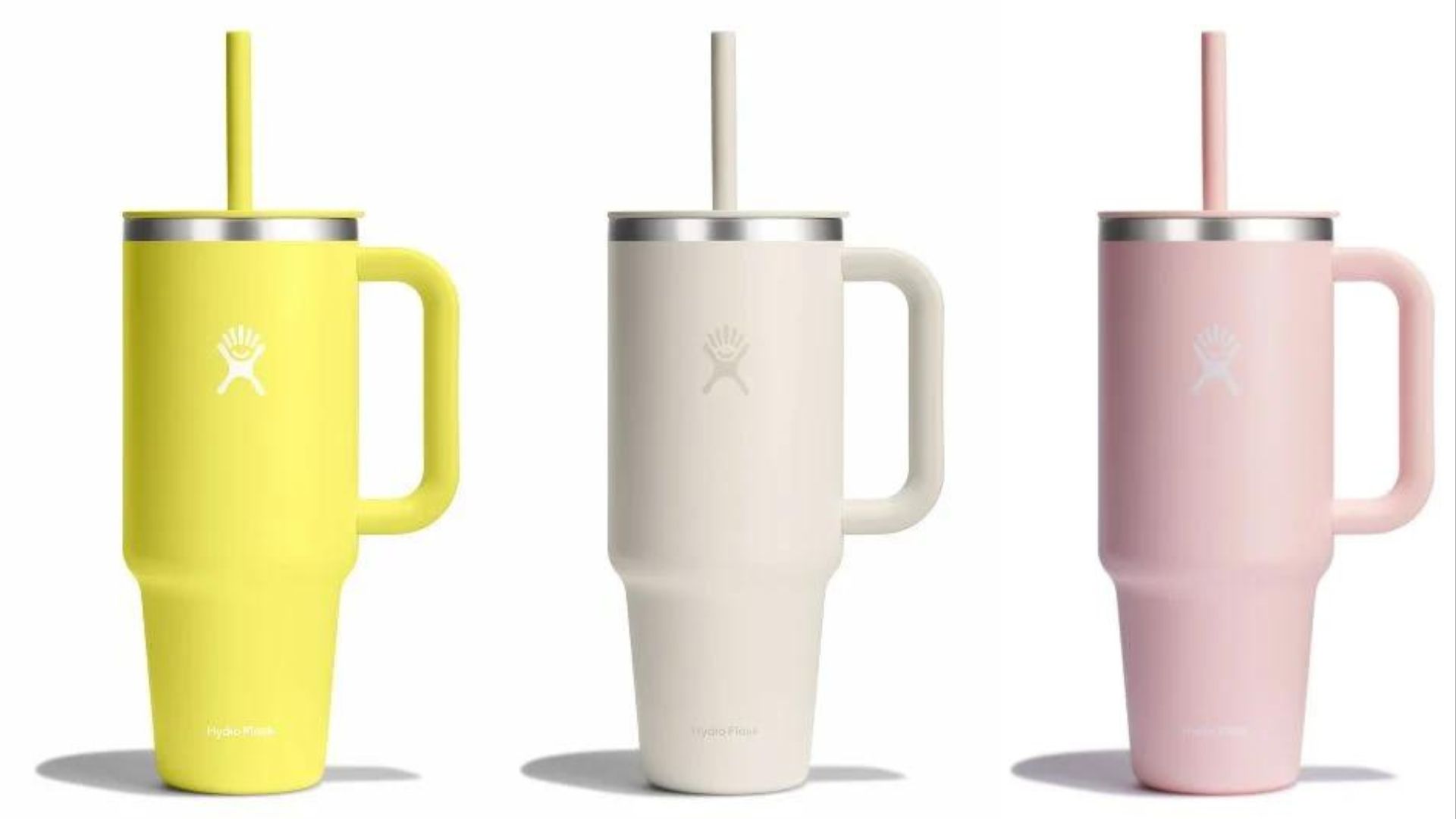
If you are afraid that your Stanley might have lead, then there is a way to ensure there is no risk to your health: Use another brand of drink water from a glass. There are many other brands of reusable water bottles that do not contain lead at all.
“For over a decade, Hydro Flask has NOT had lead in our sealing process,” Hydro Flask said in a statement. “We aim for a higher standard.”
Another Brand That Doesn’t Use Lead
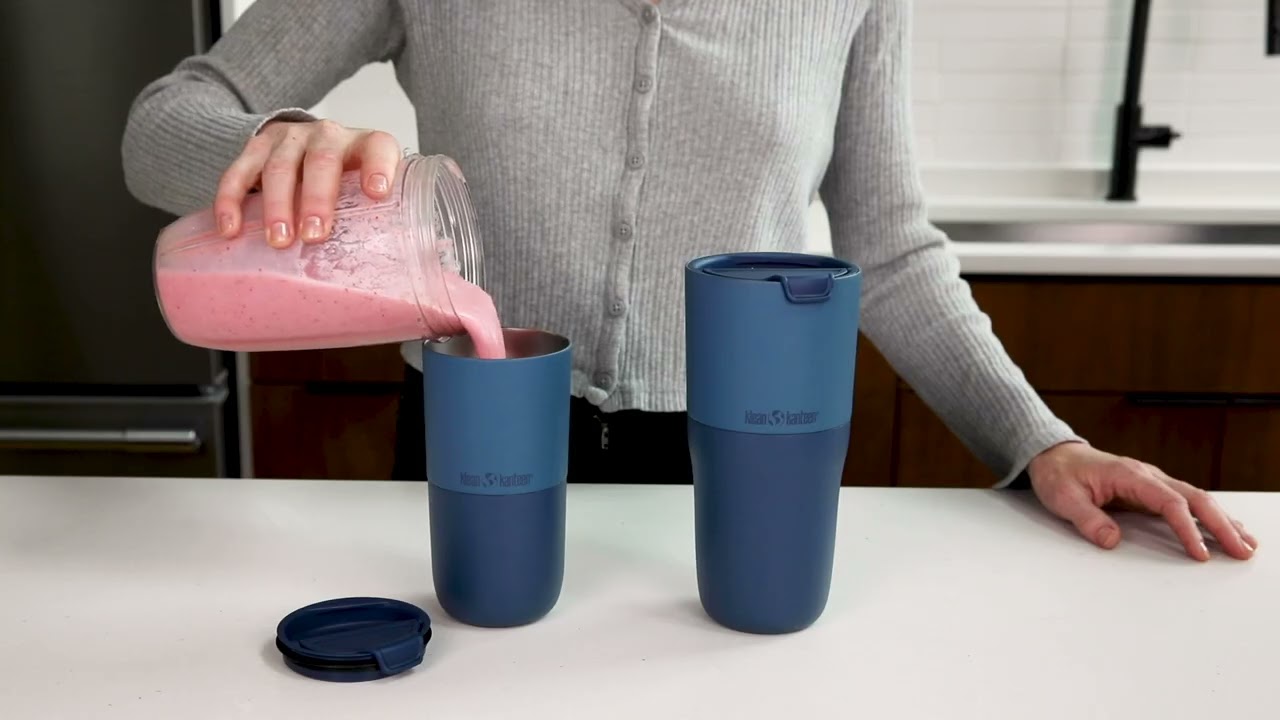
Klean Kanteen is also another brand that does not contain any lead in its reusable water bottles. The brand transitioned from lead in its vacuum-sealing manufacturing process.
Klean Kanteen crafts its products from 18/8, food-grade stainless steel, containing 18% chromium and 8% nickel, as stated on their website. Klean committed to going lead-free after discovering the environmental impact the property had.
The Environmental Risk of Lead-based Cups

While a non-damaged Stanley cup will have no risk to the drinker, there is still an impact that is hard to ignore. “We’re ignoring the realities at both the production facility of workers’ exposure and the worker and the community exposure surrounding the facilities that recycle these,” Tom Neltner, a chemical engineer and the national director of Unleaded Kids, a nonprofit organization that seeks to change and improve lead policy in the US, told Vox.
The manufacturing process could lead workers to a higher risk of lead exposure. These factories also increase the risk to the environment and neighborhoods around them.
Choose Your Cup Wisely

Lead isn’t essential to Stanleys, and it doesn’t seem like you have a risk of drinking lead if you have a Stanley sitting on your desk now. But it is hard to ignore that other risks come from the company.
There are environmentally friendly options out there when it comes to buying a reusable cup. Remember, you only need one reusable cup, so make sure you find one that keeps you hydrated and the environment safe.
























